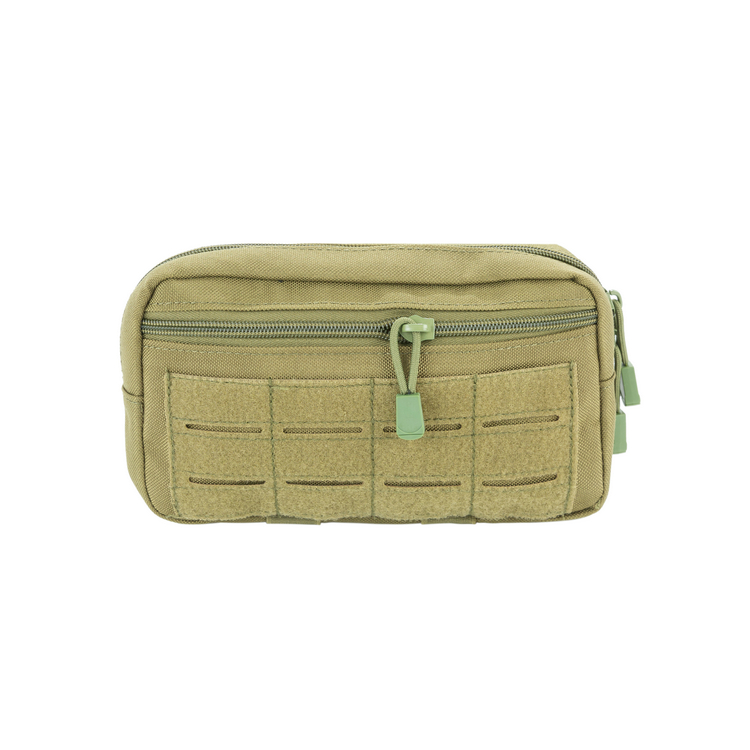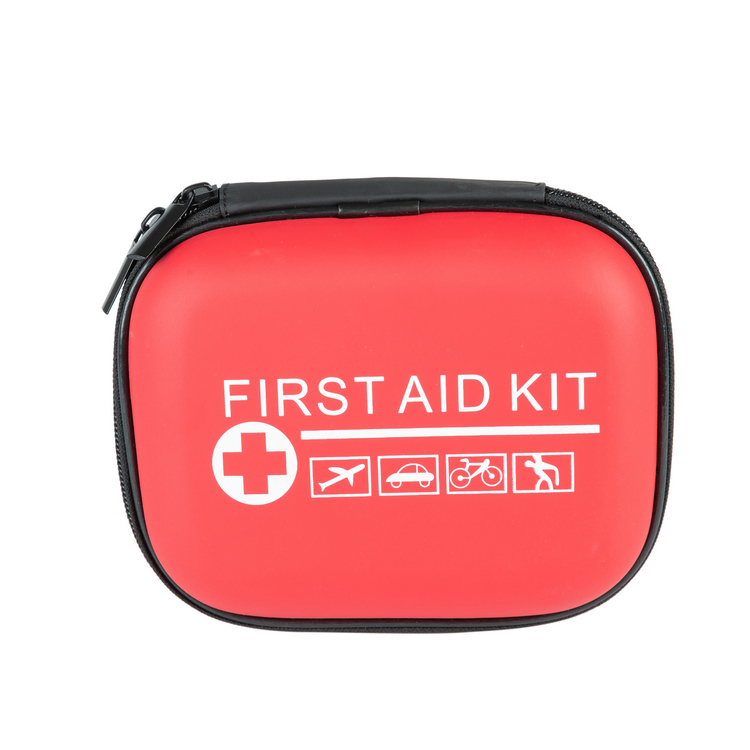Make a personalized emergency first aid kit
2024-11-22
I. Assessing Your Own Needs
- Considering Health Conditions:
- If you or your family members have chronic diseases, such as heart disease, you need to prepare the corresponding commonly used medications, like nitroglycerin, to relieve the symptoms of sudden angina pectoris. If you have diabetes, you should have a blood glucose meter, test strips, and hypoglycemic drugs ready so that you can handle abnormal blood sugar situations in a timely manner.
- For those with a history of allergies, for example, being allergic to pollen or certain foods, the first aid kit should contain antihistamine drugs, such as loratadine, to be taken when an allergic reaction occurs upon exposure to allergens.
- Considering Life Scenarios and Activity Ranges:
- People who often engage in outdoor sports, such as mountain climbing and hiking, should prepare additional items to deal with bruises and sprains, such as elastic bandages and cold compresses, to handle unexpected situations like sprained or scraped wounds. They should also prepare medications to prevent mosquito bites, such as mosquito repellent sprays and essential balm, since there are many mosquitoes in the wild.
- If you often travel by car, in addition to the basic first aid supplies, you can also prepare vehicle-mounted tools, such as jumper cables and tow ropes, to handle sudden vehicle breakdowns.

- For families with elderly people or children, items should be prepared according to their specific needs. Elderly people may have difficulty moving around, so wheelchairs, walking aids and other assistive devices should be prepared. Children are prone to bumps and bruises, so more band-aids, iodine swabs and other wound treatment supplies should be prepared. At the same time, commonly used medications such as fever reducers and cold medicines suitable for children should also be prepared.
II. Selecting Appropriate Bags
- Size and Capacity:
- Choose according to the number and volume of items to be placed. If it is just for standby use at home on a daily basis, the capacity can be a bit larger to accommodate more medications, tools, etc. If it needs to be easily carried around, such as when traveling, then choose a small, lightweight bag that can hold the basic first aid items, such as some small backpacks or waist packs.
- Material and Durability:
- Give priority to sturdy, waterproof, and wear-resistant materials. For example, bags made of Oxford cloth have good wear resistance. Even if they are scratched by tree branches or accidentally dropped on the ground during outdoor activities, they are not easily damaged. Moreover, the waterproof property can prevent the internal items from being soaked by rainwater and damaged, ensuring that the first aid items can be used normally in various environments.
III. Preparing Basic First Aid Items
- Wound Treatment Items:
- Band-aids: There are various sizes available and they can be used to cover small wounds to prevent infection. Small wounds like finger cuts can be treated with them.
- Iodine Swabs: They are convenient to carry and easy to use. Just break one end of the swab and the iodine will flow to the cotton on the other end, which can be used for wound disinfection, such as the disinfection treatment after a scrape.
- Gauze and Bandages: For larger and deeper wounds, first cover the wound with gauze and then wrap and fix it with a bandage to stop bleeding and protect the wound. For example, when the arm is seriously cut, this operation can be carried out.
- Medical Adhesive Tape: It is used in conjunction with gauze and bandages to paste and fix them to ensure the stability of the dressing.

- Commonly Used Medications:
- Fever Reducers: Such as acetaminophen and ibuprofen. When a fever symptom appears, they can be taken according to the instructions to reduce the temperature. For example, the fever caused by a cold can be alleviated by them.
- Cold Medicines: Choose according to your own commonly used ones, such as compound paracetamol and amantadine tablets, which can relieve symptoms such as headache, runny nose, and stuffy nose caused by a cold.
- Gastrointestinal Medicines: For example, montmorillonite powder can deal with diarrhea situations, and omeprazole can relieve stomach discomfort and excessive gastric acid problems. They can be used when gastrointestinal discomfort is caused by improper diet.
- Painkillers: Such as aspirin and ibuprofen, which have a certain pain-relieving effect on headache, toothache, muscle pain, etc.
- First Aid Tools:
- Scissors: They are convenient for cutting open bandages, gauze or clothes, etc. For example, when the injured part is covered by clothes, you can use scissors to cut the clothes to facilitate viewing and treating the wound.
- Tweezers: They can be used to pick up cotton balls, gauze, etc., or to remove foreign objects that are inserted shallowly into the skin, such as when a splinter is stuck in the palm, you can carefully remove it with tweezers.
- Thermometers: Either electronic thermometers or mercury thermometers are acceptable. They can measure body temperature in a timely manner to know whether there is a fever situation.
IV. Regular Inspection and Update
- Inspection Frequency:
- It is recommended to inspect the items in the emergency first aid kit at least once a quarter. Check whether the medications have expired. For example, check the expiration date on the medication packaging. If it has expired, replace it in a timely manner. Check whether the tools are damaged. For example, check whether the bandages have moldy or damp conditions, and whether the tweezers' gripping function is normal.
- Update Items:
- Update according to changes in your own health conditions. For example, if you didn't have high blood pressure originally but later developed it, you need to add antihypertensive drugs to the first aid kit. Also, update according to seasonal changes. In summer, you can prepare more heatstroke prevention medications. In winter, you can add some frostbite prevention ointments, etc. In addition, when new and better first aid products emerge, you can also replace the original old products in a timely manner. For example, after a new, more lightweight and accurate electronic thermometer is on the market, you can replace the old mercury thermometer.
In conclusion, making an emergency first aid kit that suits you requires full consideration of the actual situation of individuals and families, and good follow-up maintenance work should be done so that it can truly play its role in case of emergencies.



